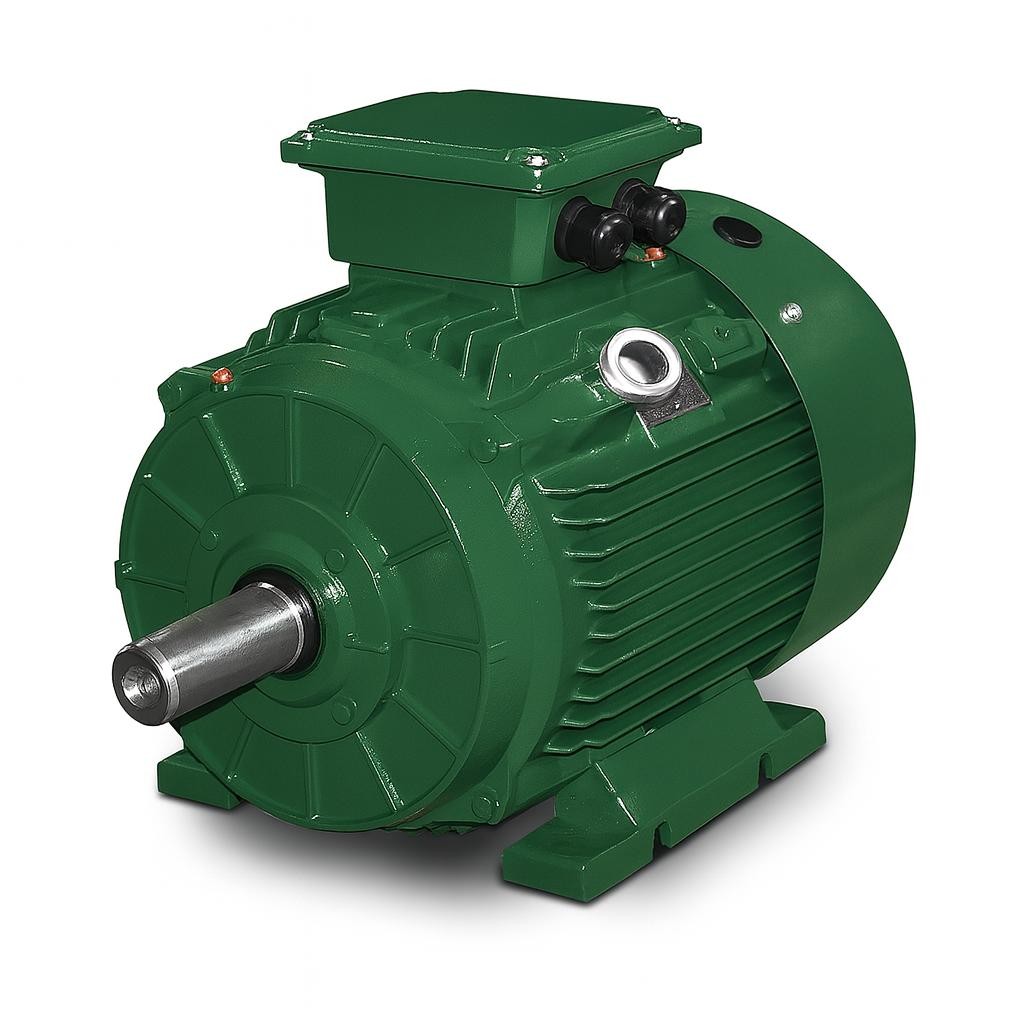Electric Motor Mounting Types
CONTACT
+90 (542) 666 11 11
Electric motors are widely used in various industrial and commercial sectors. These motors can operate with different mounting types, and each mounting type provides more efficient results for specific applications. Using the correct mounting type for electric motors not only increases efficiency but also extends the motor's lifespan. In this article, we will explore the different types of electric motor mountings in detail.
1. Surface Mounting (Flanged Mounting)
Surface mounting is one of the most common types of electric motor mounting. The motor is fixed to the surface of a device or machine using a flange. This type of mounting is typically preferred for small and medium-sized motors. The advantages of flanged mounting include easy installation, maintenance, and ensuring that the motor remains stable.
2. Bottom Mounting (Standard Mounting)
Bottom mounting involves placing a mounting bearing at the bottom of the motor. This type of mounting ensures the motor remains more stable and is better at handling heavy loads. It is commonly used in heavy industrial machines and conveyor systems. Bottom mounting is also effective in reducing vibrations and noise.
3. Hanging Mounting (Where Required Cable Type and Height)
Hanging mounting is where the motor is suspended from a fixed point. Special suspension systems are used to support the motor. Hanging mounting is typically preferred for motors placed in high locations. This type of mounting is especially suitable for very large motors, as there is no need to place anything beneath the motor.
4. Vertical Mounting
Vertical mounting refers to a mounting type where the motor's shaft is in a vertical position. This mounting type is mainly used in applications requiring vertical movement, such as pump systems. Vertical mounting saves space and allows for better space efficiency. Furthermore, this type of mounting offers high stability for the motor.
5. Horizontal Mounting
Horizontal mounting involves placing the motor on a horizontal axis. This type of mounting can be chosen depending on the application where the motor is being used. Horizontal mounting is particularly preferred in systems operating on straight lines and machine tools. Since the motor’s shaft is positioned horizontally, it provides a more balanced and stable working environment.
6. Belt Mounting
Belt mounting is commonly used in machines driven by belts. This mounting type allows the system driven by the motor to operate at different speeds. Belt mounting is flexible and is preferred in a variety of applications. Belts transfer the motor's torque, enabling machines to run at varying speeds.
7. Double Shaft Mounting
Double shaft mounting is used when the motor is required to transmit power from both ends of the motor shaft. This type of mounting is commonly found in larger and more complex systems. Double shaft motors are more efficient because they can transmit more power and are used in a wide range of applications.
Conclusion
Electric motor mounting types vary depending on the area of use, the type of application, and the required performance. Choosing the correct mounting type ensures efficient operation of the motor and reduces long-term maintenance costs. Therefore, selecting the appropriate mounting type for each motor is essential.
Contact
+90 (542) 666 11 11
You can purchase this and all motors from DRG Motor.
 English
English
 Türkçe
Türkçe

